Green Ash Tree
- October 10, 2023
- 0 comment

The Green Ash tree, scientifically known as Fraxinus pennsylvanica, is a deciduous species native to North America, commonly found in a variety of environments, from riverbanks and floodplains to upland woods. Known for its distinctive green foliage, the tree typically reaches heights of 50 to 60 feet, with a straight trunk and a broad, open crown. The compound leaves are composed of serrated leaflets, providing a lush appearance during the growing season.
One of the notable features of the Green Ash is its adaptability to diverse soil conditions, making it a hardy and resilient species. The tree’s bark is grayish-brown and develops a diamond-shaped pattern as it matures. Green Ashes are dioecious, meaning individual trees are either male or female, and the female trees produce clusters of winged seeds, known as samaras. The species has been widely planted as a shade tree and for its timber, valued for its strength and flexibility.
Unfortunately, the Green Ash faces threats from the invasive Emerald Ash Borer, a beetle that has caused significant damage to ash tree populations. Conservation efforts and ongoing research aim to address these challenges and ensure the continued presence of this iconic North American tree in our landscapes.
| Characteristic | Description |
| Scientific Name | Fraxinus pennsylvanica |
| Height | 50 to 70 feet |
| Native Habitat | North America, including riverbanks, floodplains, and upland woods |
| Soil Adaptability | Thrives in diverse soil conditions |
| Longevity | 80-100 years |
| Sun exposure | Full sun to partial shade |
| Fall foliage color | Yellow |
| Growth rate | Fast |
| Water needs | Moderate |
| Crown shape | Oval to rounded |
A Brief History
The Green Ash tree, scientifically known as Fraxinus pennsylvanica, holds a rich history deeply intertwined with the landscapes of North America. Indigenous communities across the continent have long regarded this deciduous beauty for its practical uses and cultural significance. From providing essential materials for tools and crafts to featuring in the folklore of various tribes, the Green Ash has left an indelible mark on the tapestry of human history in the region.
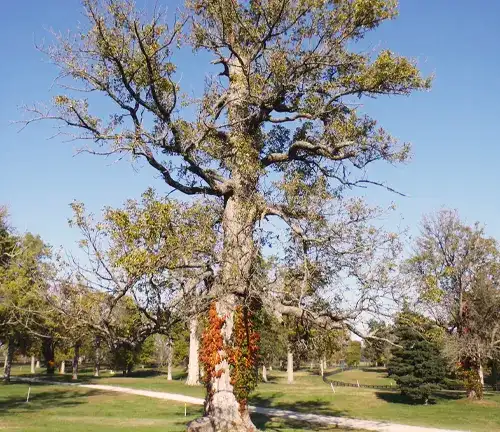
Color/Appearance
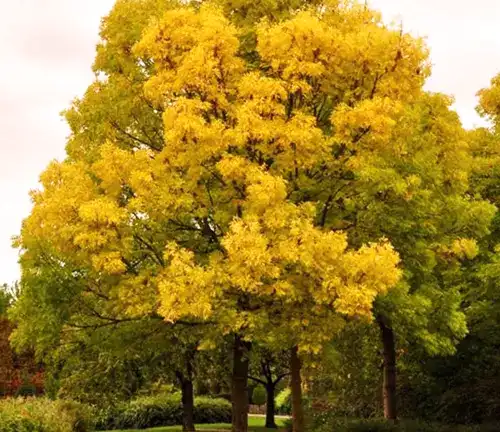
One of the standout characteristics of the Green Ash is its vibrant green foliage. During the growing season, the compound leaves, with serrated edges, form a lush canopy. As autumn approaches, these leaves transform into a spectrum of warm hues, from yellow to purple, adding a burst of color to the fall landscape. The tree’s bark, initially smooth, evolves into a distinctive pattern of interlacing ridges and furrows as it matures, contributing to its visual allure.
Unique Features
The Green Ash boasts several unique features that set it apart. Its dioecious nature, with male and female trees producing separate flowers, gives rise to clusters of winged seeds, known as samaras, on female trees. The flexibility and strength of its wood, coupled with a relatively straight trunk, make it a valuable resource for various applications.
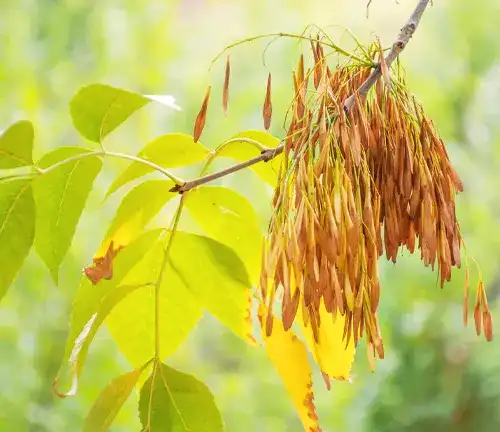
Ecological Importance
In the intricate web of ecosystems, the Green Ash plays a vital role. It provides habitat and sustenance for numerous wildlife species, from birds to insects. The fallen leaves decompose, enriching the soil, and its shade offers respite for understory plants. As a component of riparian zones, the Green Ash contributes to stabilizing riverbanks and preventing erosion.
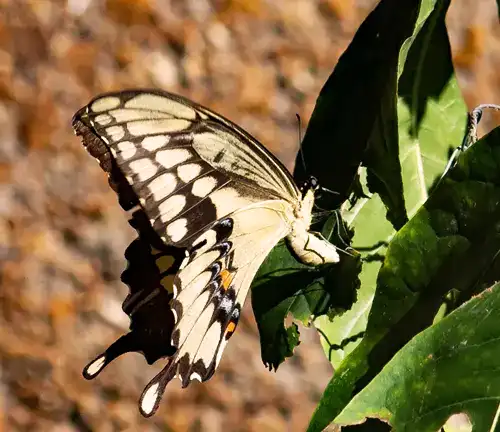

Adaptation and Resilience
The adaptability of the Green Ash is remarkable. Thriving in a range of soil conditions, from moist to well-drained, and displaying resistance to certain pests and diseases, it stands as a testament to nature’s resilience. Its ability to endure urban environments further underscores its tenacity, making it a favored choice for city landscapes.
Cultivation and Care
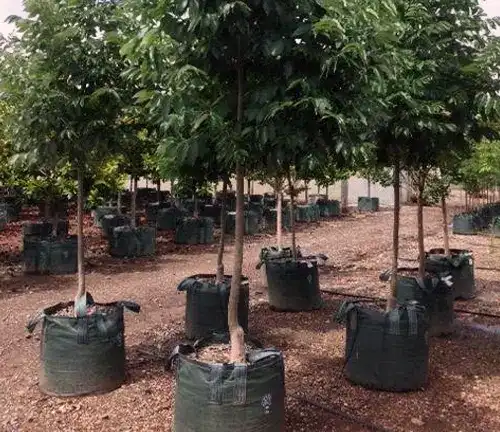
Cultivating Green Ash trees involves considerations of soil type, water requirements, and adequate spacing. While these trees are generally hardy and low-maintenance, periodic pruning can enhance their structural integrity and overall health. As with any tree, attentive care during the early years ensures a robust and well-established specimen.
Wood Products and Applications
The wood of the Green Ash finds applications in various industries. Its excellent shock resistance and workability make it prized for tool handles, sports equipment, and furniture. The lumber industry values Green Ash for its straight grain and versatility, utilizing it in the construction of furniture, flooring, and even specialty items like baseball bats.

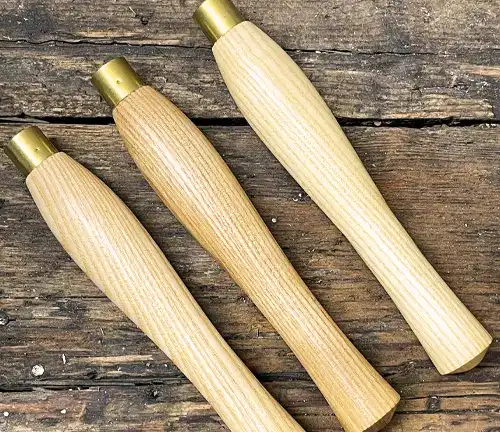
Other Uses
Beyond its commercial applications, the Green Ash has cultural and medicinal uses. Indigenous communities historically utilized different parts of the tree for traditional crafts, including basket weaving. Additionally, some herbal traditions recognize the tree’s medicinal properties, although such uses should be approached with caution and respect for cultural knowledge.
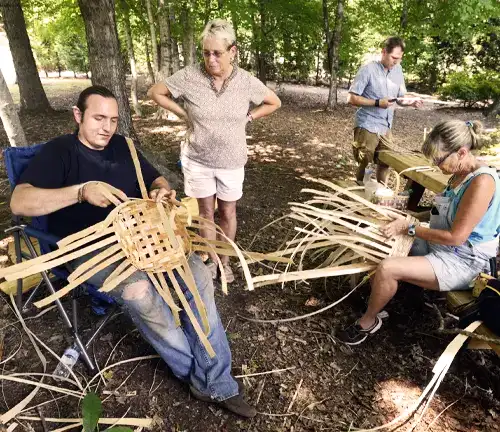
Threats and Conservation
The Green Ash faces a significant threat from the invasive Emerald Ash Borer (EAB), a beetle that has caused widespread mortality in ash tree populations. Conservation efforts involve monitoring and early detection, as well as research into resistant varieties. Sustainable forestry practices and community engagement play crucial roles in preserving the ecological balance that includes the Green Ash.
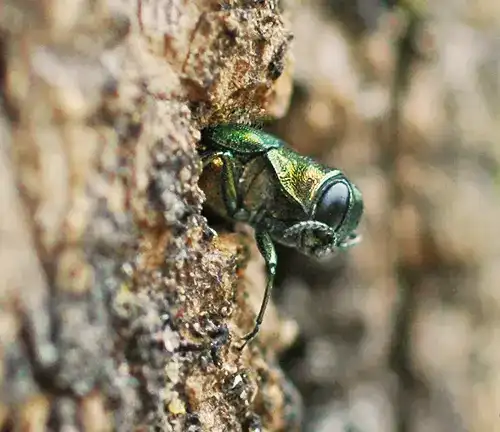
Benefits
The benefits of the Green Ash extend beyond its aesthetic and commercial value. As a contributor to biodiversity, a stabilizer of riverbanks, and a provider of shade, the tree enriches the environment it inhabits. Its adaptability and resilience make it a reliable choice for urban forestry, contributing to green spaces and enhancing the quality of life in cities.
Conclusion
In conclusion, the Green Ash tree, with its storied history, vibrant appearance, and ecological significance, stands as a symbol of resilience and interconnectedness. Balancing human needs with conservation efforts is essential to ensure the continued presence of this remarkable tree in our landscapes. As we navigate challenges posed by threats like the Emerald Ash Borer, a collective commitment to conservation and sustainable practices becomes paramount, safeguarding not just the Green Ash, but the broader ecosystems it influences.
Frequently Asked Questions (FAQs)
- Are all Green Ash trees susceptible to the Emerald Ash Borer (EAB)?
While Green Ash trees are indeed vulnerable to the Emerald Ash Borer, there is some variation in susceptibility. Certain factors, including the health and age of the tree, can influence its resistance to the invasive beetle. Regular monitoring and early detection are crucial in managing potential infestations. - Can Green Ash trees thrive in urban environments with pollution and limited space?
Green Ash trees are known for their adaptability, but their success in urban settings depends on various factors. While they can tolerate a range of soil conditions, air quality, and available space are critical considerations. Proper care, including adequate watering and protection from stressors, can enhance their resilience in urban landscapes. - Do female Green Ash trees produce seeds every year?
Female Green Ash trees are capable of producing seeds, commonly known as samaras, but the frequency can vary. Factors such as age, health, and environmental conditions influence seed production. In some years, the tree may produce abundant seeds, while in others, the seed production may be more limited. - How do you distinguish a Green Ash tree from other ash species?
Green Ash trees have distinctive features that aid in identification. Their compound leaves with serrated leaflets, along with a grayish-brown bark that develops a diamond-shaped pattern as the tree matures, are key characteristics. Additionally, observing the tree’s growth habit, height, and branching pattern can help differentiate it from other ash species. - Can Green Ash wood be used for woodworking projects, and what are its characteristics?
Green Ash wood is valued for its strength and flexibility, making it suitable for various woodworking projects. The wood has a pale color with a straight grain, offering a smooth and even texture. It is relatively easy to work with, making it a preferred choice for items such as tool handles, furniture, and sports equipment. However, with the threat of the Emerald Ash Borer, the availability of Green Ash wood has become more limited, emphasizing the importance of sustainable forestry practices.



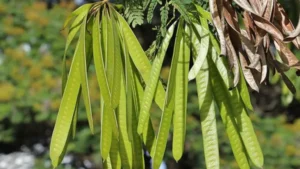

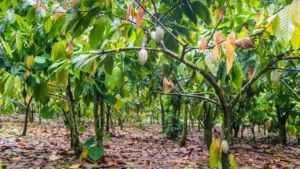
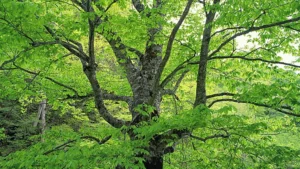
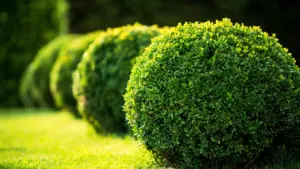
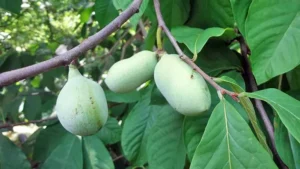
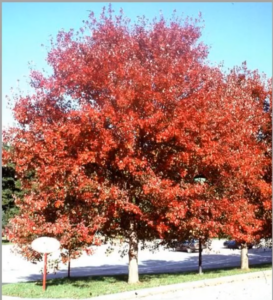
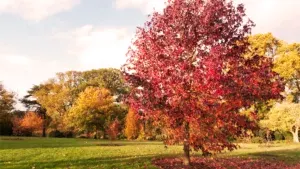
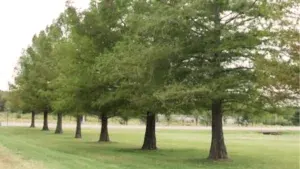


Leave your comment